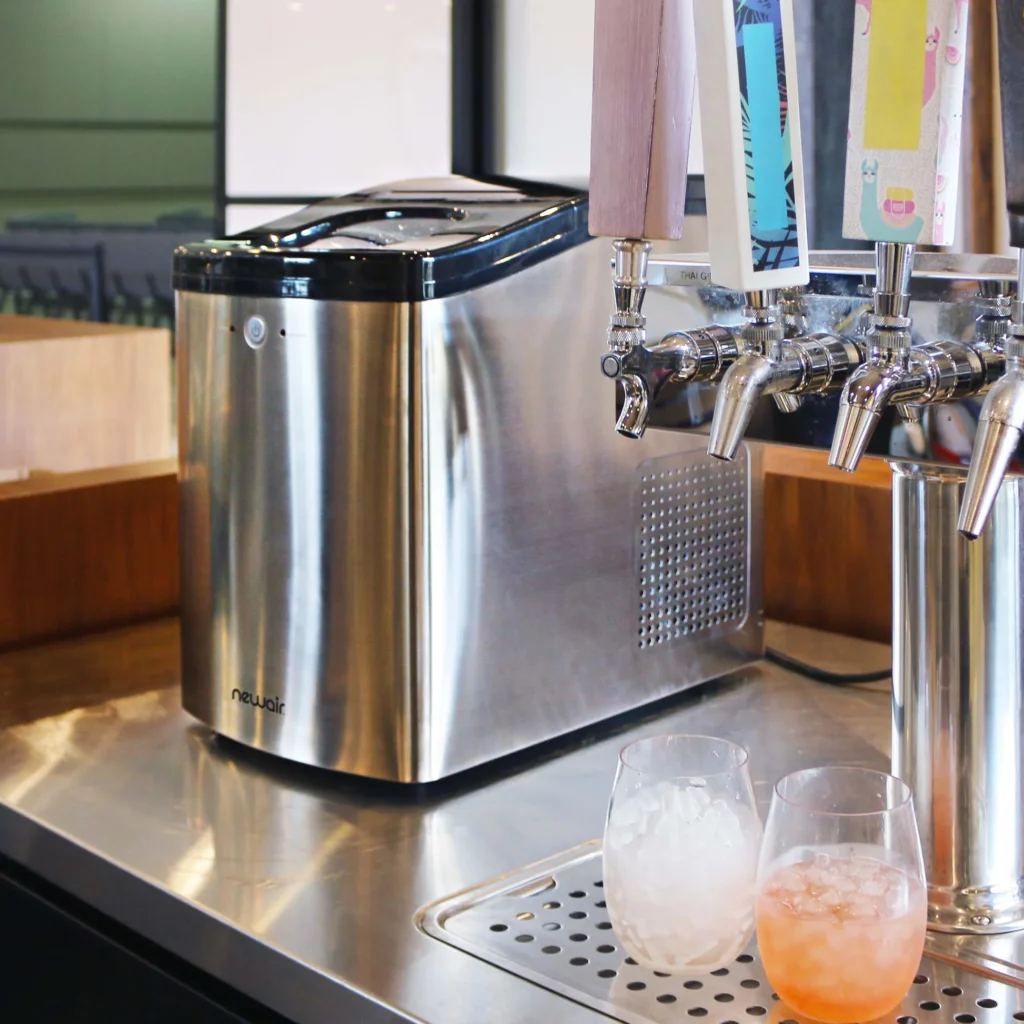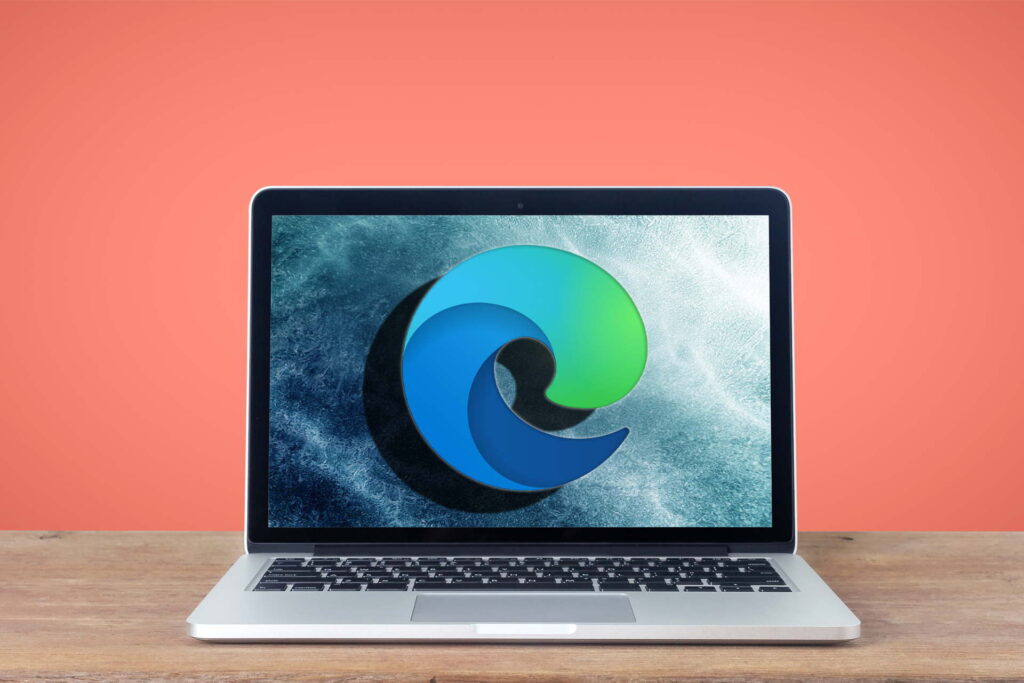Ice makers have the ability to operate continuously without interruption, allowing them to be left running continuously. Nevertheless, unless you require a significant quantity of ice, it is relatively futile to do so. Since most nugget ice makers lack freezer compartments, there is minimal benefit in keeping them powered on unless you have a constant need for ice production. The primary advantage lies in their ability to generate ice more rapidly when the need arises.
When Should I Turn On or Turn Off My Ice Maker?
Maintain Sufficient Water Levels
While ice makers are designed to run continuously, it is crucial to ensure that your ice maker always has sufficient water. Inadequate water levels can strain the water pump, leading to decreased performance and potential damage. Regularly check the water level and ensure a constant supply to maintain optimal operation.
Turning Off for Extended Periods
Sometimes you might have plans to go away on vacation and you won’t be using the ice maker for an extended period, at this point you should turn it off. This not only save your electric bills and its energy but also prevents any potential issues that may arise from extended periods of non-use.
Post-Vacation Cleaning
After you get home from a vacation or long time period absence, it is essential to inspect the ice maker for any signs of mold growth. Thoroughly clean the ice maker according to the manufacturer’s instructions before using it again. This step ensures that you start with fresh and clean ice production.
Maintenance Tips
Maintain Water Quality
To preserve the quality and taste of your ice, it is recommended to change the water in your ice maker daily. Using clean water helps prevent any impurities or flavors from affecting the ice, resulting in a better ice experience.
Respond to Low Water Levels
If you hear whining sounds or notice a decrease in ice production, it may indicate a low water level. Promptly add water to the ice maker’s water reservoir to avoid straining the water pump and ensure uninterrupted ice production.
Adding Water: A Simple Process
Adding water to an ice maker is a straightforward process. Simply pour clean water into the designated water reservoir, ensuring that you do not overfill it. Refer to the manufacturer’s guidelines for specific instructions regarding water capacity and level indicators.
Automatic Shut-Off
Most ice makers feature sensors that automatically halt ice production when the storage bin is full. This feature prevents overflows and ensures efficient operation. Regularly check the storage bin to ensure it is not overly full and obstructing ice production.
Regular Cleaning for Optimal Performance
To maintain the optimal performance of your ice maker, regular cleaning is essential. You should check and clean the ice maker at least twice a month, following the manufacturer’s instructions. Regular cleaning prevents the buildup of dirt, grime, and potential bacterial growth, ensuring hygienic ice production.
Final Thoughts
By following these best practices for operating and maintaining your ice maker, you can enjoy a continuous supply of ice whenever needed. Ensure sufficient water levels, periodically turn off the ice maker during extended periods of non-use, and conduct regular cleaning to keep your ice maker performing optimally. With these measures in place, you can enjoy refreshing ice at your convenience while extending the lifespan of your ice maker.






